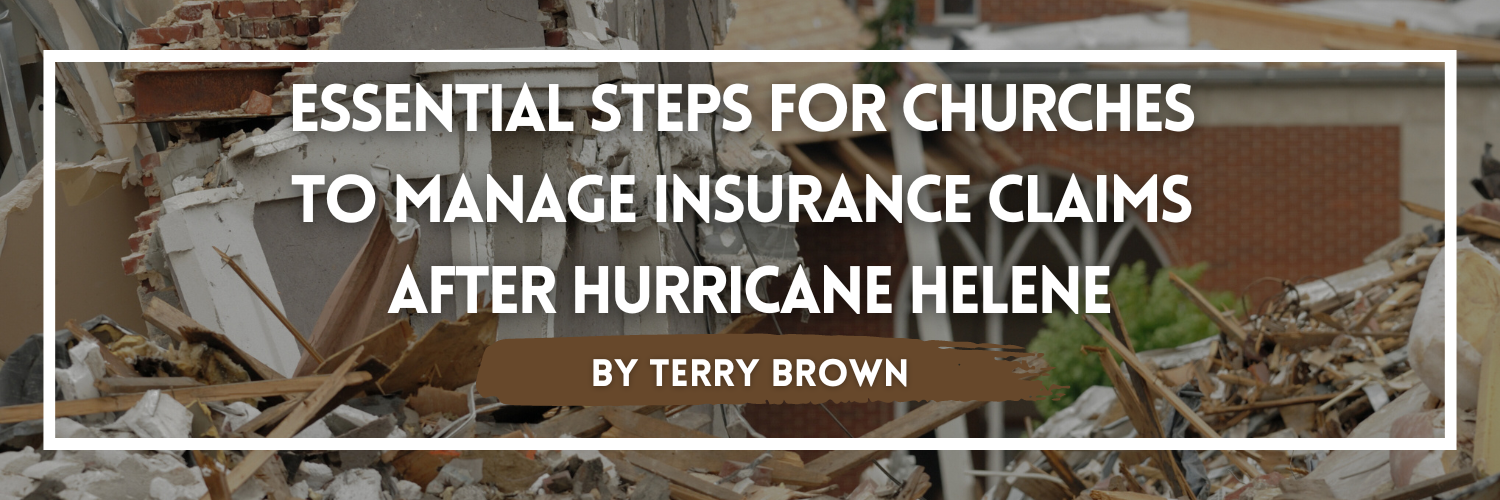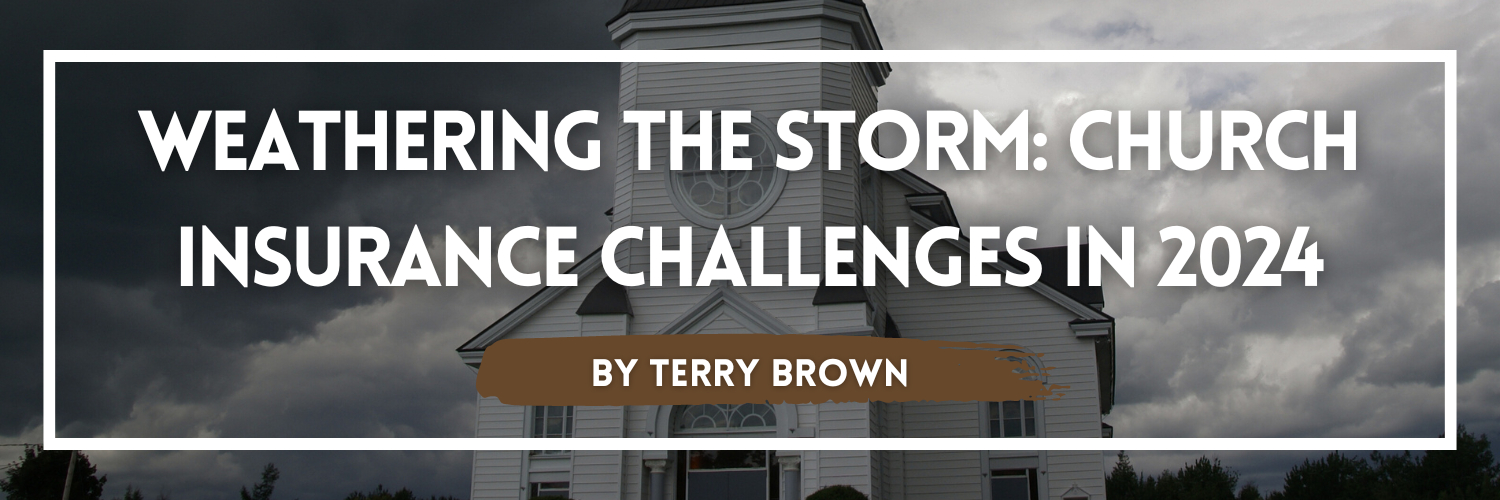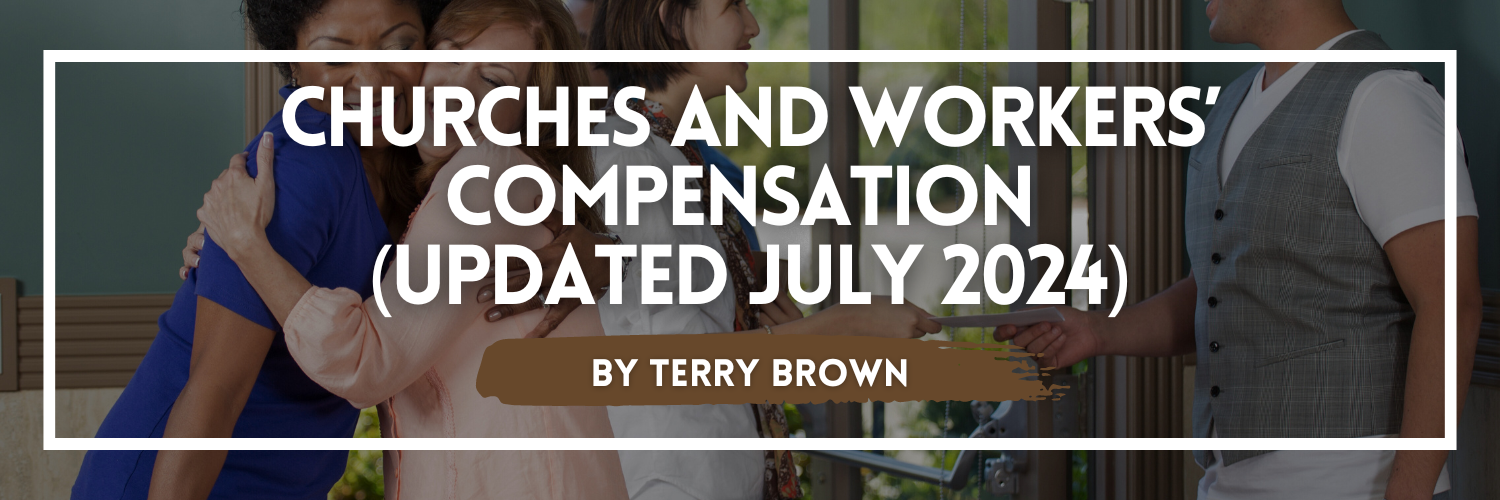Whether you’re responsible for a large city congregation or a small, local ministry, ensuring that your church is properly protected by insurance is a vital consideration. Coverage of buildings and contents will help you recover quickly from incidents large or small, while liability protection will provide extra security in today’s litigious society. However, insurance is a notoriously complex topic, and unless you take expert guidance, you could wind up paying too much for inappropriate coverage. Here are the top ten issues which can unnecessarily inflate premiums.
1) Inaccurate Building Valuation
The value of your church’s building is one of the most important influences on the overall cost of your insurance. While it’s advisable to err on the side of caution, making sure the full cost of rebuilding can be claimed if necessary, the higher the valuation figure, the costlier the premiums will be. Crucially, a church may be classed as a commercial building and valued as such, when in reality its value could be considerably less than business premises of equivalent size and location. An accurate, realistic valuation of your building’s reinstatement costs could have a major impact on your premiums.
2) Contents Not Valued Accurately
Likewise, the true value of a church’s contents might be overvalued on a general commercial insurance policy. Unless the contents are specifically valued, they may be assumed to be typical business items such as computer systems, other office equipment, and even an element of stock. In reality, a church’s contents are likely to be of lower value, and this should be reflected in the policy premium. In any event, it’s advisable to maintain an accurately updated inventory of all contents, and to keep your insurance company informed of any substantial changes.
3) Incorrect Construction Type Specified
For insurance purposes, a building can be one of six construction types, with definitions laid out by the Insurance Services Office (ISO). Although the technical details are complex, in essence, the higher the standard of construction and the lower the fire risk, the less it will cost to insure a building. Ensuring your church’s correct rating is entered on your policy could lead to a reduction in premiums, and so it’s worth arranging for a proper valuation to be carried out, especially after any renovation work which could have resulted in a change in status.
4) Credits Not Fully Applied
Anything that can reduce the financial risk to the insurer should lead to reduced premiums. Safety provisions such as smoke alarms, sprinklers, or security features should be clearly noted as part of the insurance application, and their full benefit should be reflected in the final policy cost. An experienced insurance agent will be able to help in drawing up a list of such credits you can claim, along with making suggestions on new items you could install to reduce your premiums.
5) Outdated Coverage Details
Along with the basic building insurance, other coverage elements may have been included when a policy was first taken out. Examples could include cover for vehicles parked on the premises, daycare facilities, or any other items incidental to the main coverage. It’s essential to make sure that the insurance company is kept up to date about any changes in these extra coverage options, and that any that are no longer needed are removed.
6) Location and Protection Classes
The physical location of your church will also have a bearing on the premium level. Different neighborhoods will have different crime level ratings, so it’s essential to check that the correct details are entered onto the policy. Also, the availability of local fire services and so on will have a bearing, under a ratings system known as protection classes. An isolated church located a long way from the nearest emergency services will be at risk of greater damage in an incident than one more centrally located. The Insurance Services Office specifies the different levels of protection class, and an inaccurate rating for your church can result in unnecessarily higher premiums.
7) Deductible Options Not Taken Advantage Of
A deductible is the amount of a claim you must pay before insurance steps in to cover the rest of the cost. For example, if your church policy has a damage deductible of $500, and and an incident causes $3,000 of damage, then your insurance will only pay out the balance of $2,500. A crucial point is that the higher the deductible level on a policy, the lower premiums will be, and it’s worth exploring the option of accepting a higher deductible level to reduce overall costs. This is especially true if your church enjoys the services of a maintenance person who can carry out repairs, removing the need to claim for minor events.
8) Outdated or Inaccurate Workers’ Compensation Basis
By law, all places of work need to have appropriate Workers’ Compensation insurance to cover the medical costs of any work-related injuries, along with a percentage of any lost wages that result. The details of what’s required vary from state to state, and an experienced insurance agent will help you to get the optimum balance between adequate coverage and unnecessarily inflated policy costs.
9) Outdated Premium Debits
Certain aspects of your church’s physical condition and state of repair can lead to an increase in insurance costs. For example, aged roofs or gutters can increase the risk of water damage, and this threat can be reflected in higher premiums. When corrective action has been taken, these penalties should be removed from your policy, reducing the cost accordingly.
10) Relying on Cookie-Cutter Policies
The large number of factors involved in determining how much a church is charged for insurance means that a standard, off-the-shelf policy is unlikely to be the best value available. Our agents can ensure your policy is tailored to your exact needs, while achieving the lowest premiums possible.
Adequate insurance can be complicated and time-consuming to put in place, but it’s an essential for any church. Engaging the help of an insurance professional with experience in arranging coverage for churches will smooth your path through the policy maze, saving you money, and leaving you free to concentrate on your most important work: ministry itself.




